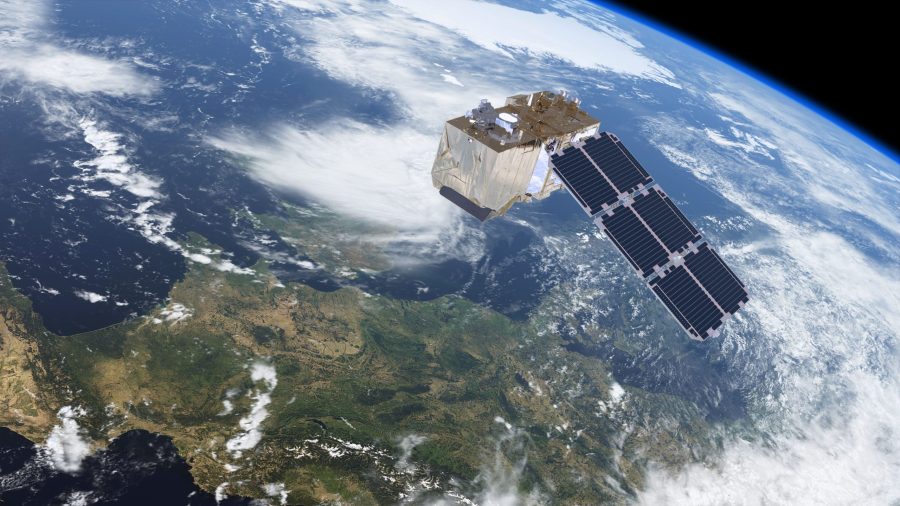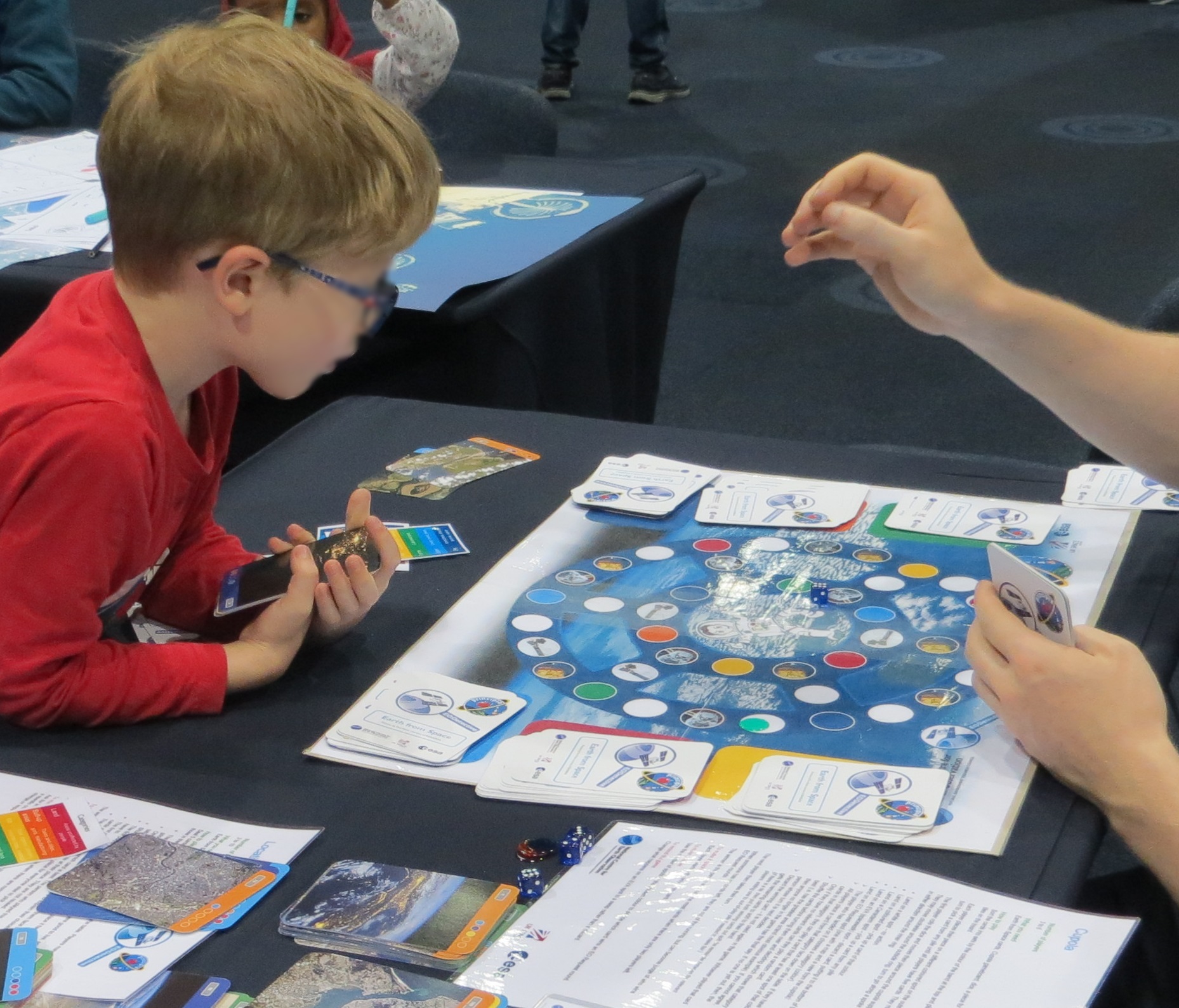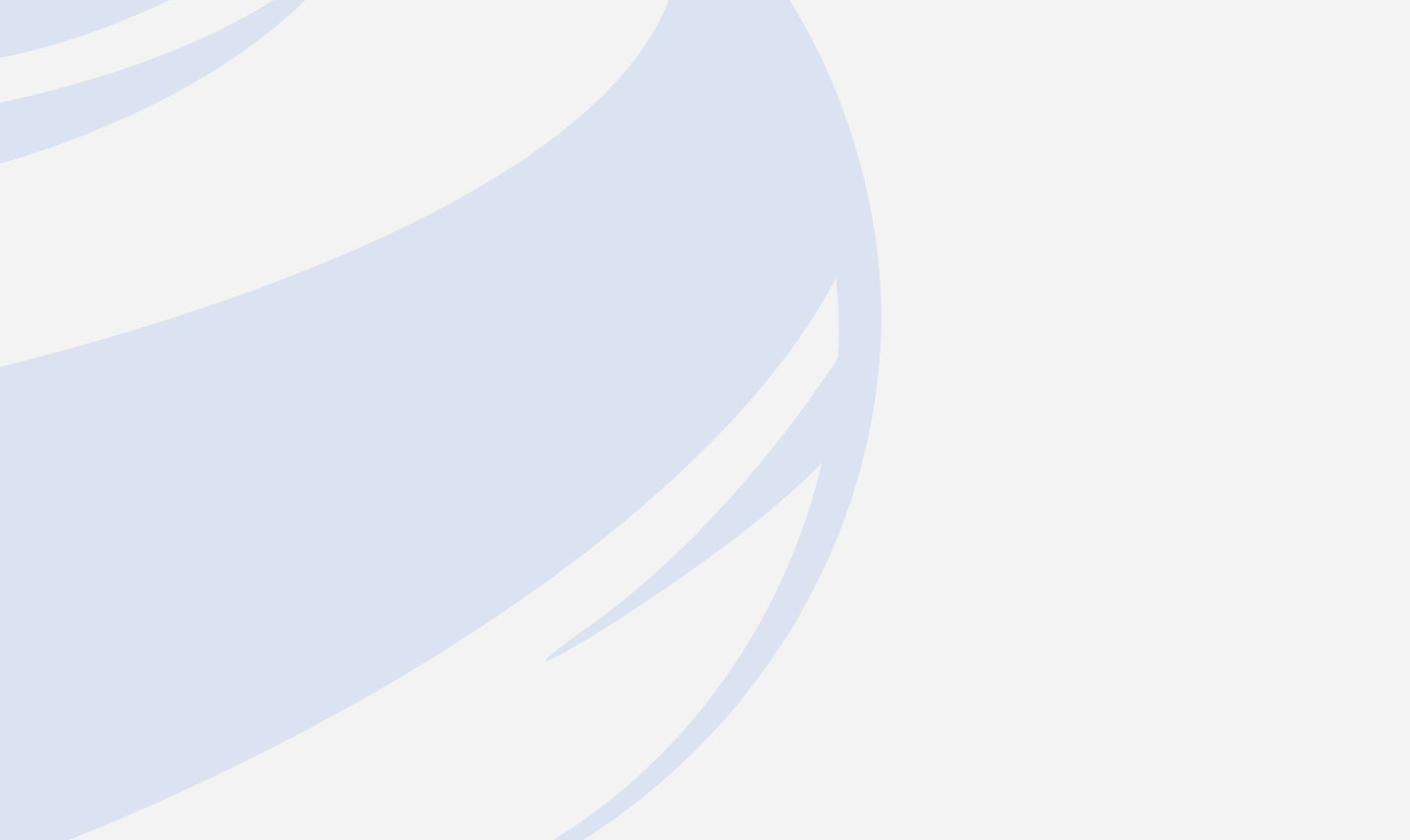
About EO
Earth observation (EO) is a relatively new discipline –
the term doesn’t (yet) appear in the Oxford English Dictionary. While this makes it an exciting field, it does mean that lots of people have never heard of it. So, if this is why you have landed on this page, you are not alone!
We are aware that many of the pages on our website are written by scientists to tell other scientists about the work that they are doing. This means they might use technical language or jargon that, while it explains what they mean in a very precise way, might be confusing to the rest of us – and sometimes ‘the rest of us’ includes even scientists who work in a slightly different area of EO.
The articles below aim to explain some of the ideas, concepts and terms that form part of EO science and that you might come across elsewhere on this site. We hope it will be useful for anyone wanting to find out more about EO, particularly teachers, home educators, parents and students. We will add pages to this section over time but, if there is something you would like to see here, do get in touch with our Education and Outreach Team.
Education Resources
Earth observation data, images and contexts are a great way of delivering parts of the core curriculum in a new way.
You do not have to prepare lessons using them for yourself: there are a growing number of ready-to-use resources available that contain everything you need to give it a go.






